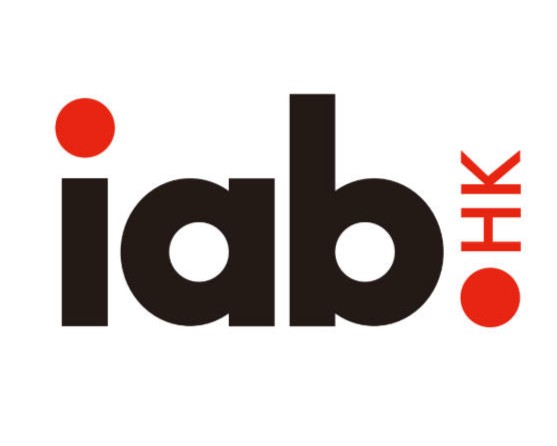How to Use Omnichannel Marketing to Grow Your Business
As the ubiquity of digital technology continues to blur the lines of real and virtual experiences, consumer purchasing patterns are rapidly changing.
Studies show that today's consumers peruse more than 6 sources of information before making a decision, meaning that they are likely to bounce from different touch points in our marketing channels – perhaps starting with the outdoor ad before heading to the company website and then maybe visiting the brick-and-mortar store. Their active behaviour offers marketers immense opportunities to create rich, personalized experiences and seamless transitions between each touch point.
This is omnichannel marketing – defined as a seamless integration between the marketer’s myriad channels whilst tracking customers’ individual interaction. Here is an example of a DSP report showing the conversion path that gives us deeper insights into their behaviours.
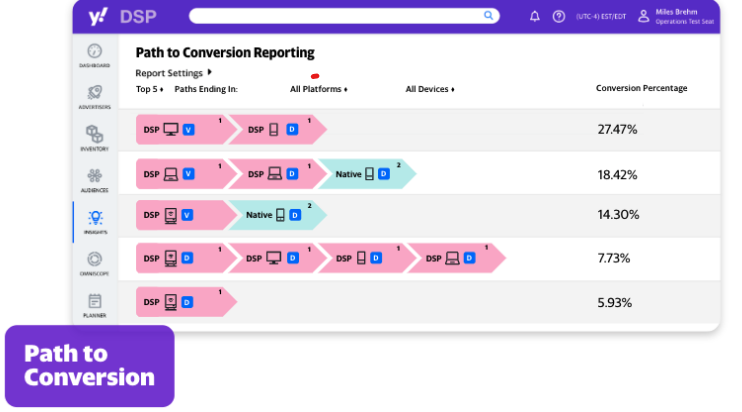
Through omnichannel marketing and an effective sales funnel, the brand can better communicate with potential customers so to usher them to check out, no matter how they decide to interact with our business.
Take a look at these Hong Kong-based omnichannel marketing strategies throughout the six main sales funnel stages: Exposure, Discovery, Conversion, Consideration, Close and Relationship.
Sales Funnel Stage 1: Exposure
Before we start leading people down the sales funnel, we need to get their attention. Traditionally, desktop and mobile web and app were the only digital marketing inventory supply available. But as more ad channels integrate into programmatic ad platforms – such as pDOOH, CTV, Audio – omnichannel marketing is made increasingly easier.
For instance, one of the largest virtual banks – Livibank – drove mass awareness via pDOOH ads in 13 bus shelters across Central, Admiralty, Wanchai and Causeway Bay.
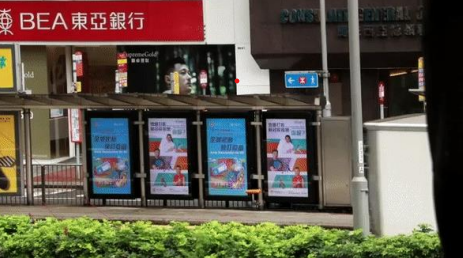
Livibank then followed up with omnichannel DSP’s retargeting function via digital banner advertisements to recapture the audiences who were already exposed to the pDOOH ads. We'll illustrate more later on.
Sales Funnel Stage 2: Discovery
The next stage of the sales funnel converts awareness to genuine interest: discovery. At this time, a prospective client starts to show interest in the campaign. Further education here is necessary to nurture the brand’s relationship with the customer, build trust and to position itself as the ideal solution to meet their needs and desires.
Financial institution Hang Seng Bank has made clever use of Dynamic Display Ad set a perfect example. The campaign objective is to boost account opening, which is noticeably higher during IPO periods. As such, Hang Seng Bank used display ads and dynamic banners to highlight new IPOs in real time. Compared to generic banners, the dynamic ones saw a 21% increase in CTR.
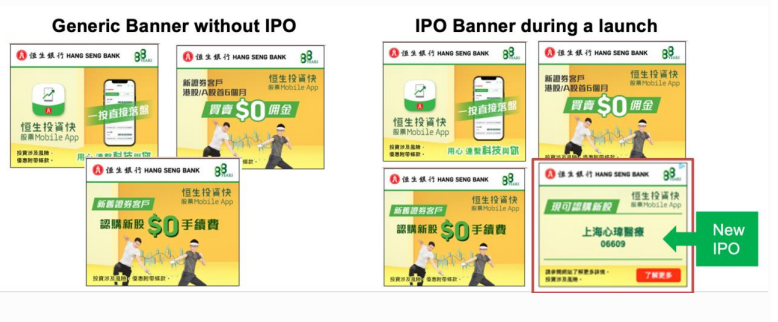
Sales Funnel Stage 3: Conversion
Once potential customers understand their desires and are aware of the product offering, they must be converted into a “lead.”
In marketing, leads are people who have expressed interest in the brand’s products and/or services via means of providing their contact information or simply spending more time on the brand website or social media platforms.
To nurture leads, retargeting is key.
In the digital world, retargeting is a form of display advertising that allows marketers to deliver ads to people who have previously viewed or interacted with the brand website or other branded content.
Nowadays, marketers can even retarget people who have viewed the DOOH content thanks to location targeting. Referring to the Livibank pDOOH campaign mentioned earlier, the brand first identified DOOH audiences with location data and then retargeted them with the help of banners. This immensely improved the performance of online advertising, as the audiences were already impressed by the outdoor ad before. The click through rate was 2x better than that of other campaigns.

Sales Funnel Stage 4: Consideration
Once a potential customer is converted into a lead, brands must convince them to seriously consider purchasing the product and/or service.
During this stage, the lead might look at your products or explore what other deals or packages are on offer. By utilizing all the data we’ve collected from the leads’ location and browsing preferences, we know their identities and products viewed. As such, we can consider using Dynamic Product Ads to remind them to take action. This is an example from renowned electronics appliance label Dyson. These feed-based ads that automatically update based on customers’ shopping habits were proven to be effective in saving time and driving results.

Sales Funnel Stage 5: Close
At this stage, the sale should be completed right away. We might offer a compelling callto-action button to give customers the final push to purchase. Here are some ideas of call-to-action key words:
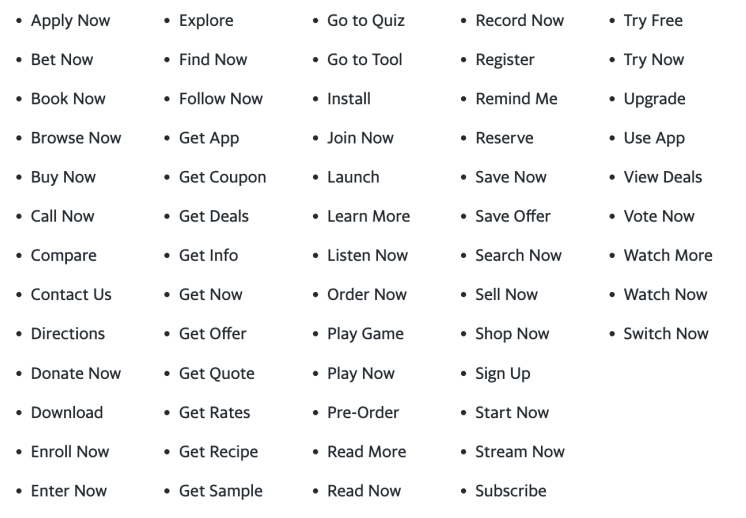
Omnichannel marketing is especially effective for brands weary of bombarding their customers with too much advertising throughout the sales funnel. With omnichannel marketing, brands can limit the number of advertising shown on each channel for each user, and choose to show only the relevant ad messages. They can also decide the ways in which users are exposed to the brand message across different screens; for instance: once the customer exposed to the first brand message on mobile, they will be moved onto display, followed by video and then audio advertisements.
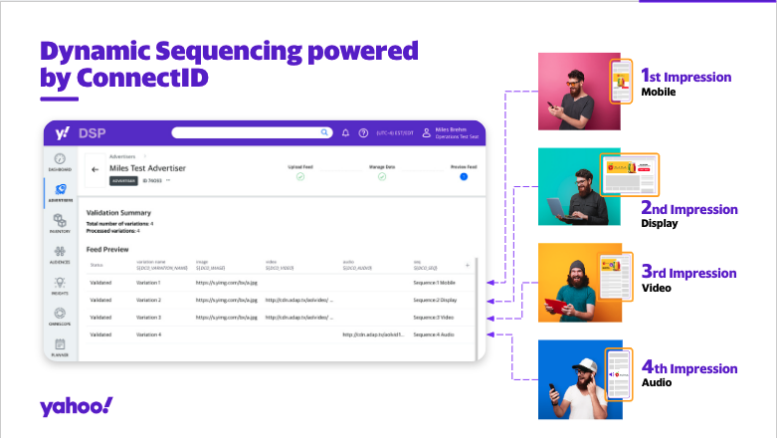
Sales Funnel Stage 6: Relationship and Retention
After we’ve closed the sale and secured a new customer, the next stage is customer retention.
There are lots of retailers have excellent membership program. By hashing data on the program and uploading the CRM data onto the DSP, they can keep refreshing new product catalogues and information to the members via different display or native ads.
To sum up, a sales funnel is the process of harvesting new customers and converting customers to loyal ones. Omnichannel marketing strategy is a perfect way to facilitate the whole process.
Click here to view the full synopsis in pdf version.
Author: Jenny Tsang, Head of Programmatic Advertising, Yahoo
Please address any questions or comments about this blog to
Alvina Chan, Secretariat Office, IAB (Hong Kong) - alvina.chan@iabhongkong.com
